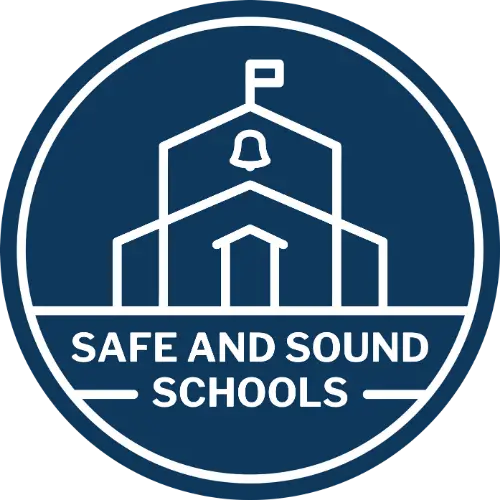Earlier this year, Michele Gay, the founder of Safe and Sound Schools, was a panelist on the webinar, “The Safety Spectrum: From Digital Vigilance to Physical Security,” part one of the Lightspeed Systems United for Safety series. As usual, she delivered incredible insight into comprehensive school and student safety; messages every K-12 educator should understand and take to heart.
Safe and Sound Schools is a national non-profit school safety advocacy and resource center that provides research-based tools and support for crisis prevention, response, and recovery, with a mission to help protect every school, every student, every day. And Gay, who has experienced unimaginable tragedy firsthand, is a renowned expert in the field.
Given the myriad of challenges faced by constituents when addressing the topic of “school safety,” Gay and Safe and Sound Schools have developed a framework around which to plan and develop. Their framework allows school districts and their constituents to look at a bigger, more complete picture.
Framework for Comprehensive School Safety Planning & Development
Safe and Sound Schools’ Framework is broken down into six independent, yet interrelated, components, and includes the following:
- Mental & Behavioral Health — Strong mental and behavioral health resources and programs are critical to a safe school environment. Community- and school-based mental health providers, multi-disciplinary threat assessment teams, and mental and behavioral health resources can help ensure and enhance a school’s safety.
- Health & Wellness — From allergy care to trauma care, from spotting signs of abuse or neglect to promoting healthy nutrition and physical activity, from stress management to self-care, promoting the health and wellness of your school community can help you build healthier, safer, and more successful learning environments.
- Physical Safety & Security — Ensuring physical safety and security requires knowledge of building use, infrastructure and design, safety and security, impacts of weather and natural disasters, and the tools and technologies available to help. Create naturally protective buildings and campuses to ensure the safety of your school community.
- Operations & Emergency Management — The policies, protocols, and practices that support safety in day-to-day activity through times of crisis are the cornerstones of school safety. From bus safety to reunification, and prevention through recovery, strong operations and emergency management build safer school communities.
- Leadership, Law & Policy — Maintaining school safety includes adhering to federal, state, and local laws and regulations. Utilize resources to help your school community stay current and compliant with codes and laws such as FERPA, ADA, IDEA, and others, and plan for the continual costs associated with keeping current for safety.
- Culture, Climate & Community — Creating a safe and welcoming environment is essential to the safety and success of a school community. Deploy resources and programs that foster understanding, build relationships, and strengthen your school’s culture, climate, and community engagement.
Learn more directly from Michele herself in this seven-minute video:
Blending Digital and Physical Strategies
Today’s schools require a purposeful, comprehensive blend of both digital and physical school safety strategies. For expert insights into creating a holistic safety ecosystem to address the evolving challenges of student security, including those from Gay and Safe and Sound Schools, be sure to watch the webinar on demand, “The Safety Spectrum: From Digital Vigilance to Physical Security.”

